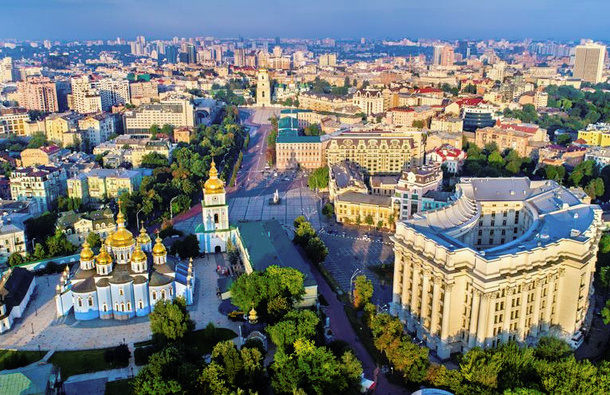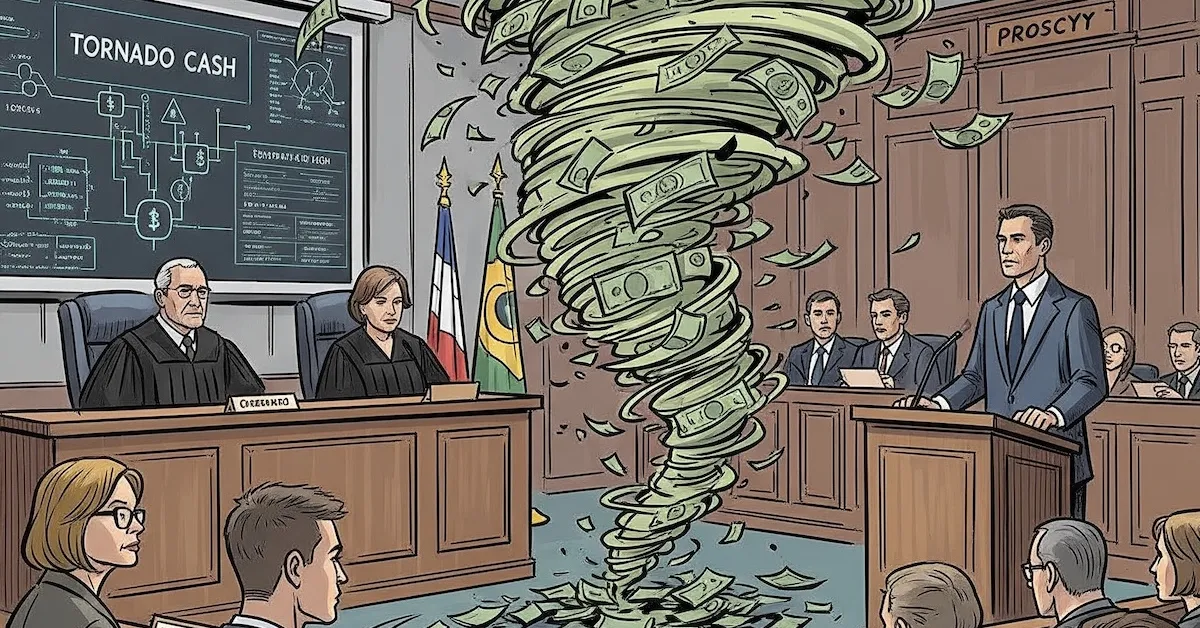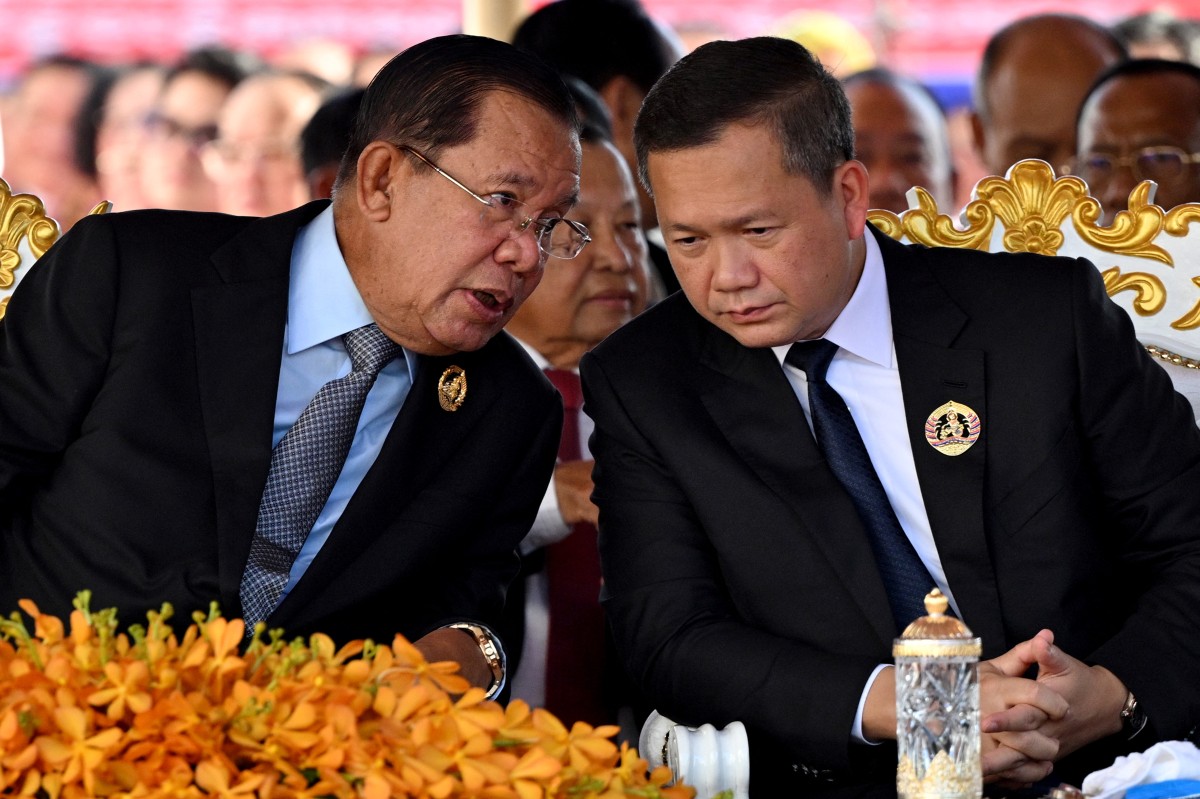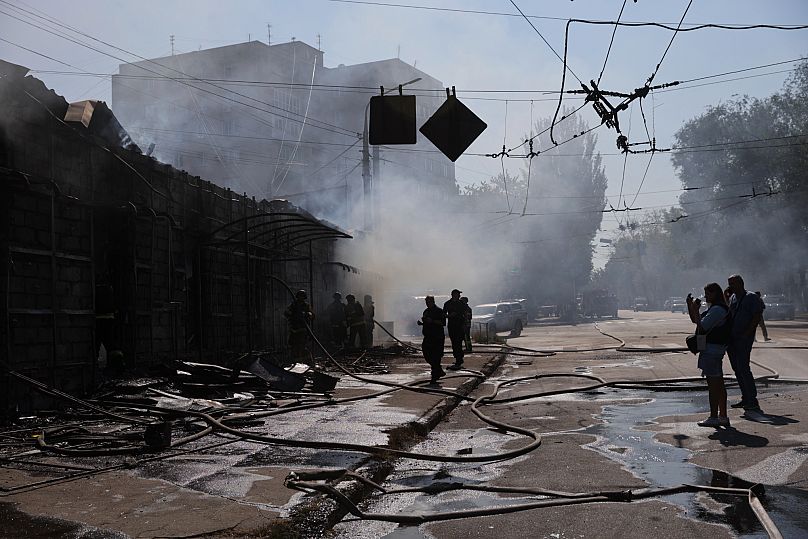Trump, Putin, and the Future of Ukraine

Early Gains, Long War
The war in Ukraine has now raged for over three years since Russia launched its full-scale invasion on February 24, 2022. In the early months, Russian troops advanced rapidly—capturing large areas and reaching the outskirts of Kyiv. However, by October 2022, Ukrainian resistance and Russian logistical failures forced a retreat from the north, and Ukraine recaptured Kherson.
Since then, the front lines have largely shifted to eastern Ukraine, where Russian forces have continued to make incremental gains, often measured in mere miles.
The Battle for Donbas
In the eastern regions of Luhansk and Donetsk—collectively known as the Donbas—Russia is attempting to solidify control. Although Moscow claimed to annex these areas in 2022 through referendums, it has never fully controlled them. Today, Russia reportedly holds nearly all of Luhansk and around 76% of Donetsk.
Ukraine’s President Volodymyr Zelensky has repeatedly ruled out surrendering the Donbas, warning that ceding territory would only embolden further Russian aggression. The region is not only rich in industry and minerals but also holds deep cultural significance for many Ukrainians.
Summer Offensive and New Fronts
A recent Russian summer offensive saw notable progress near Dobropillia, with an advance of up to 10 kilometers—their largest single-day gain in over a year. The area around Pokrovsk has become one of the most fiercely contested parts of the front, with Russian drone strikes hindering evacuation efforts. Analysts have warned of potential encirclement if Ukrainian forces cannot hold the line.
Fighting is also intensifying around Chasiv Yar, a strategic location whose capture would allow Russia to target Ukrainian-controlled cities including Druzhkivka, Kramatorsk, and Slovyansk.
Northern Push Toward Kharkiv

Image Credit: Bar Council Ukraine
Further north, Russia continues its push toward Kupyansk in Kharkiv Oblast, aiming to encircle northern Donetsk and seize full control of Luhansk. In May 2024, Russian forces crossed the border north of Kharkiv, capturing several villages and displacing thousands. This move is seen as part of an effort to create a buffer zone after Ukrainian raids briefly reached Russian territory in Kursk.
Despite Ukrainian counterattacks and long-range drone strikes deep into Russia, Moscow has managed to replenish its forces—reportedly recruiting 30,000 to 35,000 new soldiers each month.
Diplomatic Developments: High Stakes, Little Progress
With the war now in its fourth year, international diplomatic efforts have intensified. In 2025, U.S. President Donald Trump took a more direct role, hosting a summit in Alaska with Russian President Vladimir Putin, followed by meetings with Zelensky and European leaders in Washington.
So far, no breakthrough has been achieved. President Trump has floated the idea of "land swaps," implying that Ukraine might cede territory like the Donbas to secure peace. This suggestion has been firmly rejected by Kyiv, where officials stress that territorial concessions would undermine Ukrainian sovereignty and future security.
Polling by the Kyiv International Institute of Sociology indicates that about 75% of Ukrainians oppose surrendering any land to Russia.
Security Guarantees: NATO Alternatives and Military Support
With NATO membership off the table, a coalition of over 30 countries—led by France and the United Kingdom—is working to establish security guarantees for Ukraine. These would likely include:
Air defense support (possibly from bases in Poland and Romania)
Maritime security to ensure free movement in the Black Sea
Training, intelligence sharing, and weapons supply from allied nations
The U.S. has expressed interest in backing air operations but has ruled out sending ground troops. The aim is to deter future Russian aggression without escalating the conflict into a direct confrontation.
Putin’s Stance and Negotiation Challenges
There remains deep skepticism among Western and Ukrainian officials about Putin’s willingness to negotiate in good faith. He has shown little interest in direct talks with Zelensky, whom he views as illegitimate. Russian state rhetoric continues to describe Ukraine’s leadership as a "neo-Nazi regime," further complicating diplomacy.
European leaders, including French President Emmanuel Macron and Finnish President Alexander Stubb, have voiced doubts about Moscow’s sincerity, describing Putin as a “predator” unlikely to halt the war voluntarily.
Human Toll and Legal Complexities
The war’s human cost continues to mount, with hundreds of thousands of soldiers and civilians killed or wounded. In regions like the Donbas, the civilian population faces constant shelling, displacement, and limited access to basic services.
While there is growing war fatigue, especially among Ukrainians near the front lines, the legal framework for ceding territory is complex. It would require parliamentary approval and potentially a national referendum—neither of which is currently under serious discussion.
Economic Strategy and Long-Term Support
In April 2025, Ukraine and the U.S. signed a bilateral agreement to share profits from future mineral and energy reserves, aiming to attract more U.S. investment in both defense and postwar reconstruction. The deal is seen as part of a broader strategy to ensure Ukraine’s long-term resilience.
Outlook: War Without End?
The situation on the battlefield remains fluid. Russia continues to escalate with drone and missile barrages—one recent wave involved over 570 drones and 40 missiles. Meanwhile, peace remains elusive.
Though there are no firm signs of a diplomatic resolution, discussions continue about potential neutral venues—such as Switzerland, Austria, or Turkey—for future talks. For now, however, Ukraine remains defiant, the West remains divided on how far to go, and Russia appears determined to push forward.
You may also like...
2026 Jeep Cherokee Unveiled: Specs, Price, and Heritage Revival Spark Debate

Jeep re-enters the compact SUV market with the all-new 2026 Cherokee Hybrid, boasting a boxy XJ-inspired design and an e...
Mercedes-AMG GT XX Shatters EV Record, Dares Tesla to Catch Up

Mercedes-AMG's Concept AMG GT XX shattered 25 electric vehicle records during an ultramarathon run at Nardò, covering th...
Tornado Cash Trial Concludes with Guilty Verdict, Crypto Community Seeks Answers

The Tornado Cash trial has concluded with co-founder Roman Storm found guilty of conspiracy to operate an unlicensed mon...
Ethereum Skyrockets to New All-Time High, Legendary Trader Calls It 'Powerful'

Ethereum (ETH) has soared to a new historic peak of $4,885, marking its first all-time high in nearly four years, follow...
AI's Untamed Momentum: Nvidia's Explosive Growth & Future Outlook

AI chipmaker Nvidia's third-quarter revenue forecast surpassed Wall Street estimates, driven by strong demand for its ch...
Trade War Escalates: India Reacts to Crushing US Tariffs on Exports

India is responding to new US tariffs that will affect 55% of its merchandise exports by implementing national strategie...
Thai-Cambodian Border Boiling Point: Fake News, Assassination Plots, and Land Disputes Fueling Tensions

Tensions persist along the Thai-Cambodian border, fueled by accusations of assassination plots, alleged landmine deploym...
Shockwave in Equatorial Guinea: President's Nephew Jailed in Sex Tape Embezzlement Scandal

Equatorial Guinea's former financial investigation agency head, Baltasar Ebang Engonga, has been sentenced to eight year...
:max_bytes(150000):strip_icc()/Health-GettyImages-1239099323-30991676ea1b48f8a3555d8a9b7b2bcf.jpg)

' class='img-responsive text-center' style='margin: auto;'.com/vi/4v0dc3VVEUM/hq720.jpg?sqp=-oaymwEhCK4FEIIDSFryq4qpAxMIARUAAAAAGAElAADIQj0AgKJD&rs=AOn4CLBXygc3IwAq5wYwwCH_yktQ8ZhSaA)
